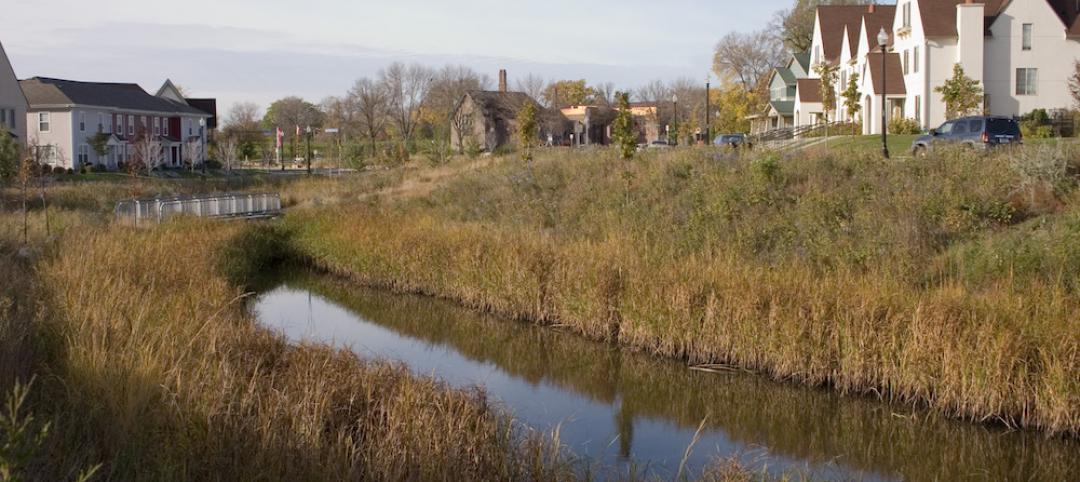In Compliance column in the May/June issue of NFPA Journal, Ron Coté, Principal Life Safety Engineer at the National Fire Protection Agency, debunks two myths regarding NFPA 101, Life Safety Code.
The first myth is that all assembly occupancy rooms with an occupancy load more than 50 must have a second egress door. This is not true, although many do have second exit access doors “in order not to violate the common path of travel limitation,” Coté writes.
For most room locations and arrangements, a second exit access door from the room can be positioned to provide occupants with a second travel path. The presence of the second exit access door can reduce what would otherwise be an excessive common path of travel to one that is within the permitted distance.
Coté also debunks the myth that exit signs are required at exits only. The signs are actually required in three locations: at exits, in the exit access, and in exit access corridors of new construction. They are required in the exit access when the exit or way to reach the exit is not readily apparent, as might be the case where additional turns in the egress path are needed to reach an exit.
They may also be needed when in exit access corridors of new construction no point is in excess of the particular sign’s rated viewing distance or the 100-foot (30-meter) default value, whichever is less, from the nearest sign.
Related Stories
Codes and Standards | May 25, 2016
LEED Dynamic is worth the effort, says commercial real estate executive
San Diego office tower is California’s first office building to receive LEED Dynamic plaque in recertification.
Codes and Standards | May 24, 2016
Ontario planning to spend $7 billion on wide-ranging climate change plan
Includes financial incentives to retrofit buildings.
Codes and Standards | May 23, 2016
Facility managers say Internet of Things, analytics will impact maintenance soon
More reliable data needed for optimal results from the technology.
Codes and Standards | May 20, 2016
Industry leaders call for wider use of bamboo as a building material
Benefits include seismic resiliency and sustainability.
Codes and Standards | May 19, 2016
Asphalt roofing group publishes updated shingle installation guide
Technical manual provides best practices for roofing professionals.
Codes and Standards | May 16, 2016
EPA proposes new stormwater discharge regulations for construction sites
Would apply to sites of one or more acres.
Roofing | May 16, 2016
New guide focused on increasing energy and structural performance with raised-heel trusses
Higher trusses simplify attic ventilation, leave more space for insulation.
Codes and Standards | May 11, 2016
Current California seismic codes provide safety, resiliency, but needed upgrades present challenge
Los Angeles requires seismic retrofits, but other cities do not.
Codes and Standards | May 10, 2016
Apple spars with Cupertino, Calif., mayor over strained city infrastructure
Apple’s new ‘spaceship’ campus project prompts questions about whether the company should pay more to offset traffic woes.
Codes and Standards | May 9, 2016
Safety Stand-Down yields proposals to boost construction safety
One example: Gilbane encourages safety harnesses for all working above 6 feet.

















